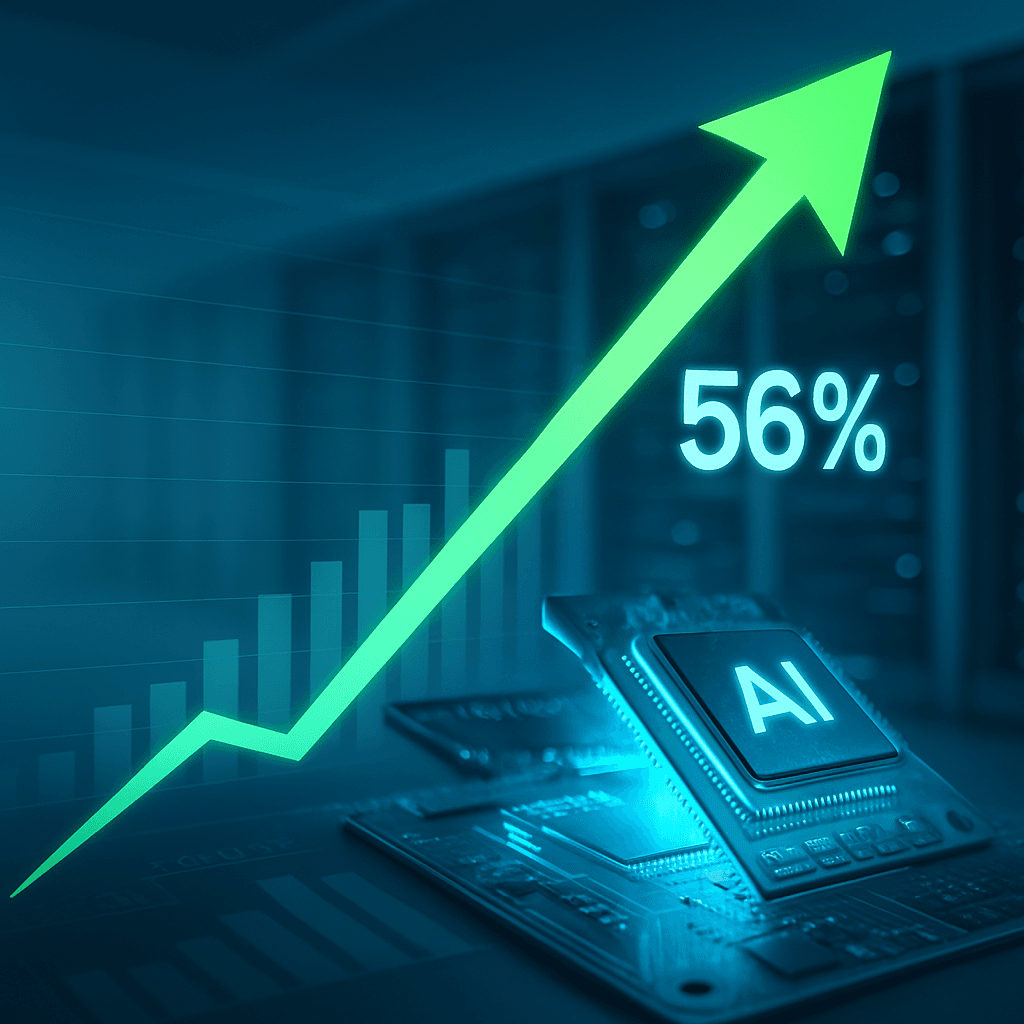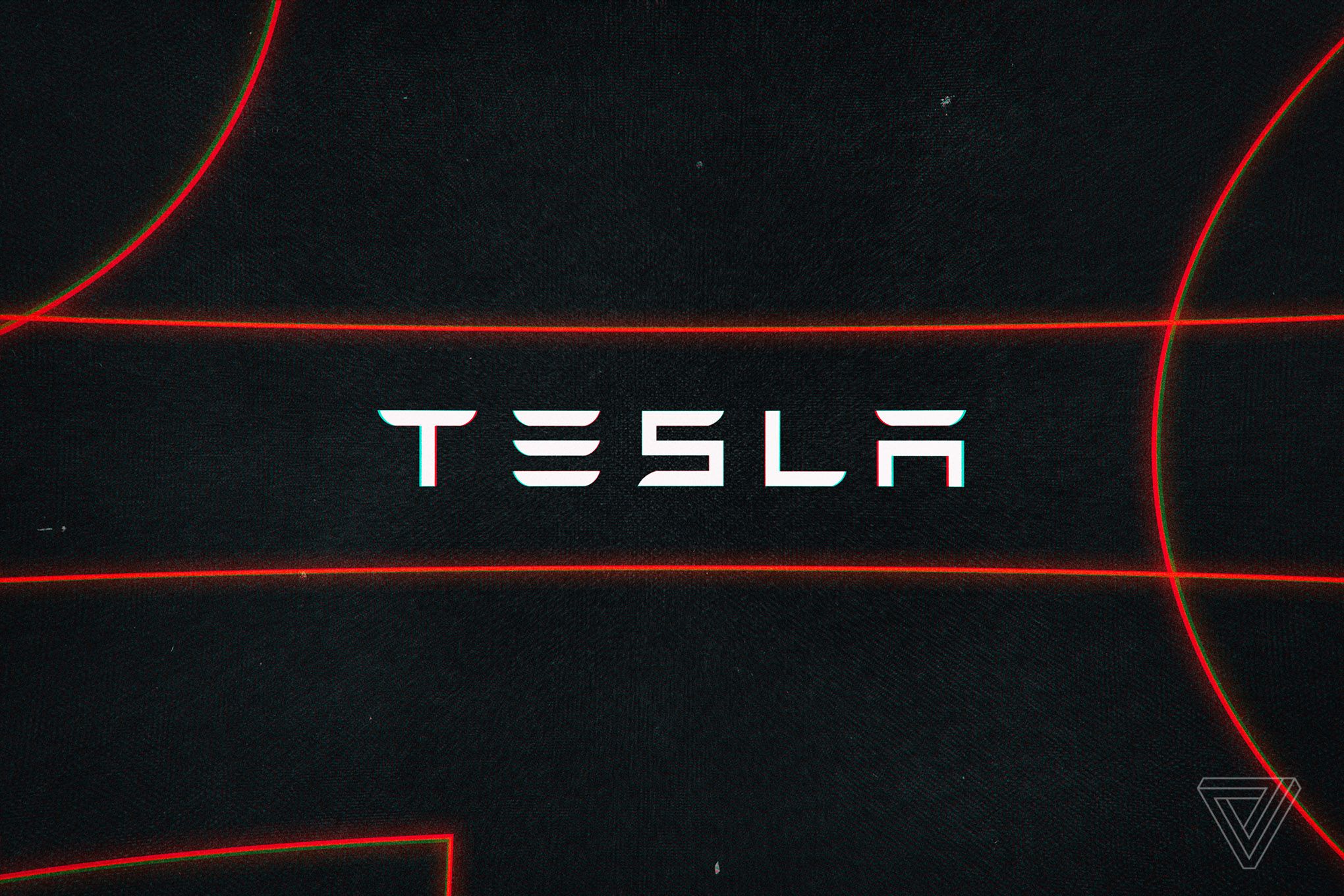Nvidia just delivered another blockbuster earnings beat, posting $46.74 billion in quarterly revenue—a staggering 56% year-over-year jump that crushed Wall Street estimates. The chipmaker's guidance for next quarter hits $54 billion, signaling that AI infrastructure demand remains white-hot despite growing competitive pressures and geopolitical headwinds.
Nvidia just reminded Wall Street why it remains the undisputed king of the AI gold rush. The chipmaker's second-quarter earnings, released Wednesday evening, showed revenue climbing 56% year-over-year to $46.74 billion—beating analyst estimates and extending a remarkable growth streak that began when ChatGPT sparked the generative AI boom in mid-2023. The company's guidance for the current quarter hits $54 billion, plus or minus 2%, suggesting the AI infrastructure spending spree shows zero signs of cooling. Yet Nvidia's stock slipped in after-hours trading as data center revenue of $41.1 billion came up short of the $41.34 billion StreetAccount estimate for the second consecutive quarter. Shares recovered Thursday morning, reflecting investor confidence in the company's long-term trajectory despite the slight miss. The earnings beat comes with a massive backdrop: CFO Colette Kress told analysts that Nvidia expects between $3 trillion and $4 trillion in AI infrastructure spending globally by the end of the decade. That projection underscores why hyperscalers like Meta, Google, Microsoft, and Amazon continue pouring tens of billions into data center buildouts each quarter. Nvidia's dominance stems from its data center business, which generated $41.1 billion in the quarter—a 56% increase from the prior year. Within that figure, $33.8 billion came from "compute" sales (the actual GPU chips), while $7.3 billion represented networking components that nearly doubled year-over-year as customers build increasingly complex AI systems. The China situation remains a wild card. Nvidia sold zero H20 chips to China during the quarter, though it did benefit from releasing $180 million worth of H20 inventory to a customer outside China. Kress indicated the company could ship between $2 billion and $5 billion in H20 revenue this quarter if geopolitical conditions allow—a massive swing factor that could supercharge already strong guidance. The Blackwell chip transition continues gaining momentum, with the next-generation processors accounting for about 70% of data center revenue and posting 17% sequential growth. This product cycle represents answer to increasing competition from custom chips developed by its biggest customers, who are simultaneously buying hardware while building their own alternatives. Beyond data centers, gaming division posted $4.3 billion in sales, up 49% year-over-year, while the robotics business—which management touts as the next major growth driver—generated $586 million with 69% annual growth. The company also announced a massive $60 billion share repurchase authorization with no expiration date, having bought back $9.7 billion in stock during the quarter. The earnings release validates position as the primary beneficiary of the AI infrastructure boom, even as cloud providers race to reduce their dependence on the company's chips. With year-over-year revenue growth exceeding 50% for nine straight quarters, has transformed from a gaming-focused semiconductor company into the essential infrastructure provider for the AI revolution. The question now is whether this torrid pace can continue as the market matures and competition intensifies.

